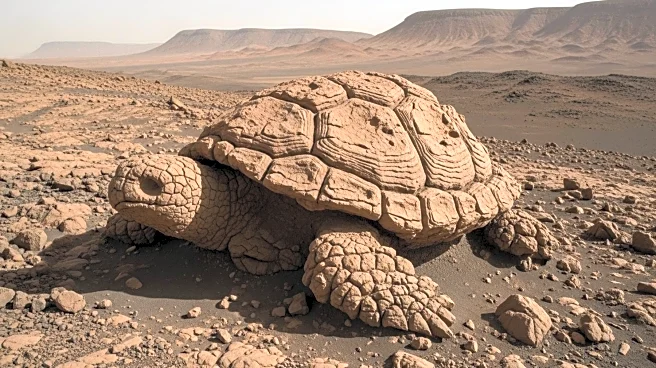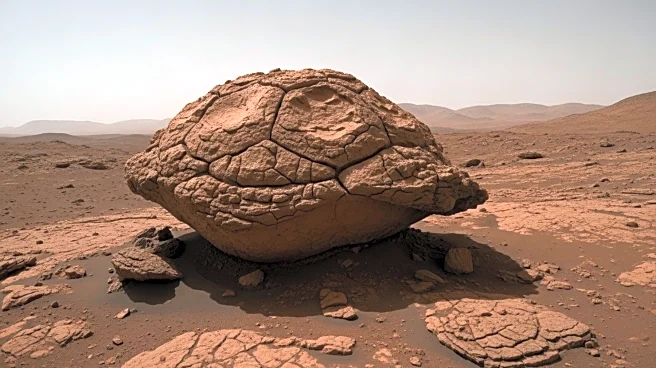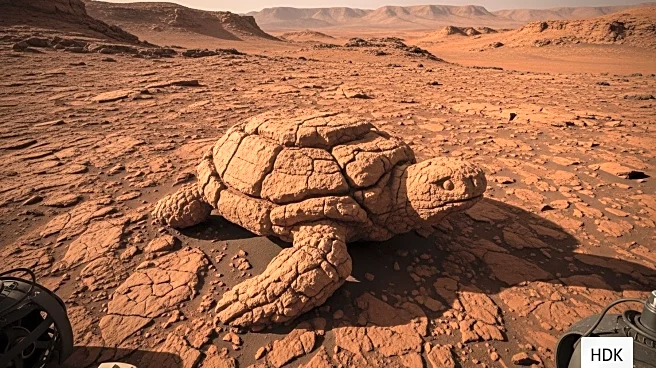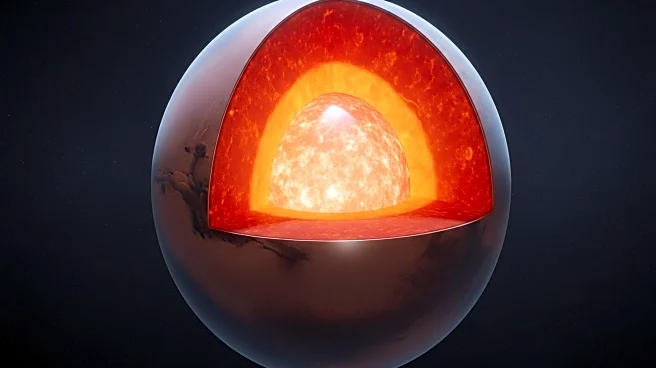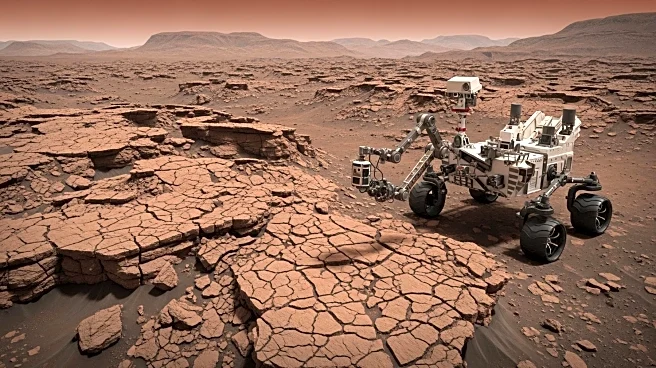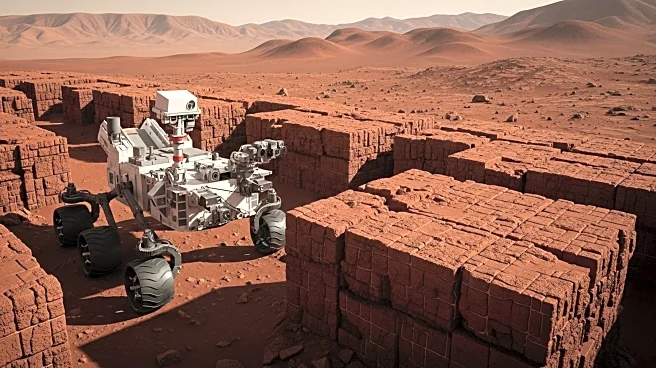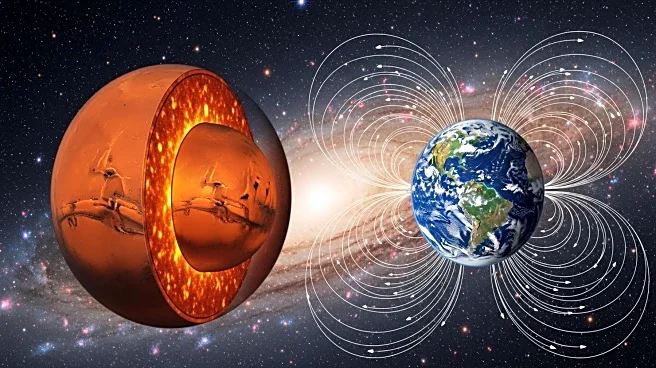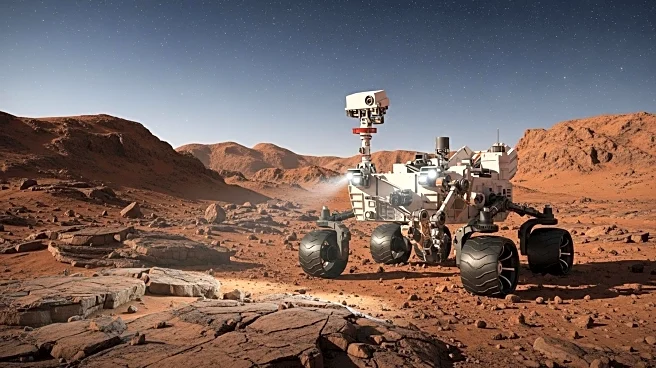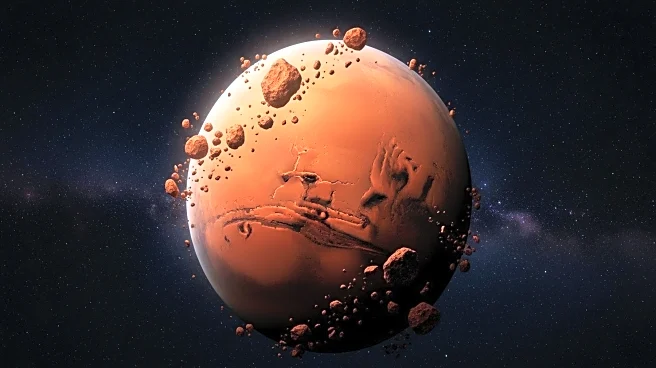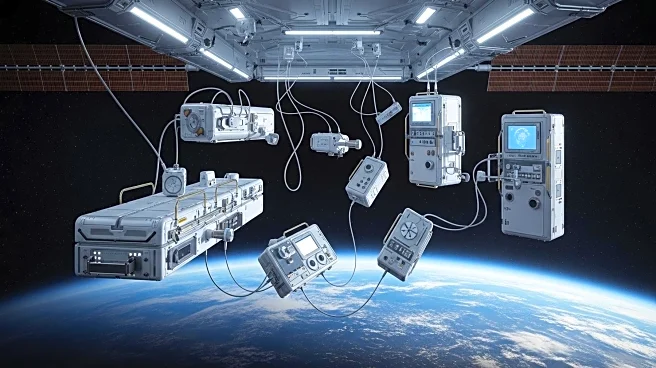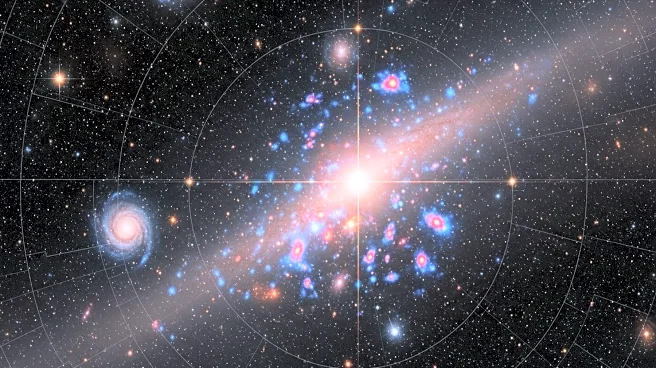What's Happening?
NASA's Perseverance rover has captured an image of a turtle-shaped rock on Mars, drawing attention from both scientists and the public. The photograph was taken using the rover's SHERLOC-WATSON camera system, which is designed to analyze Martian geology in detail. The rock formation, resembling a turtle's head emerging from its shell, was found in Jezero Crater, a site believed to have once hosted an ancient lake. This discovery highlights the diverse textures and formations present on the Martian surface, offering insights into the planet's geological history.
Why It's Important?
The turtle-shaped rock is more than a visual curiosity; it provides valuable information about Mars' geological processes. Such formations are shaped by wind erosion, sedimentary layering, and past water activity, which can offer clues about the planet's climate evolution and atmospheric changes. Understanding these processes helps scientists build models of Mars' transition from a potentially habitable world to its current state. The SHERLOC-WATSON suite plays a crucial role in identifying biosignature-friendly environments and selecting samples for future retrieval, aiding in the search for signs of past microbial life.
What's Next?
As Perseverance continues its mission in Jezero Crater, it will explore more rock formations that could hold scientific breakthroughs. The rover's instruments, including SHERLOC and PIXL, will analyze the mineralogy and textures of these formations to pinpoint environments that were once favorable to life. The ongoing exploration of Jezero Crater aims to uncover sedimentary deposits that may preserve signs of ancient microbial life, contributing to our understanding of Mars' history and its potential for past habitability.
Beyond the Headlines
The turtle-shaped rock is an example of pareidolia, where the human brain interprets random patterns as familiar objects. While these perceptions may seem trivial, they play a role in public engagement and education about space missions. Such images capture global attention, highlighting the complexity of interpreting alien landscapes and drawing focus to active missions.
